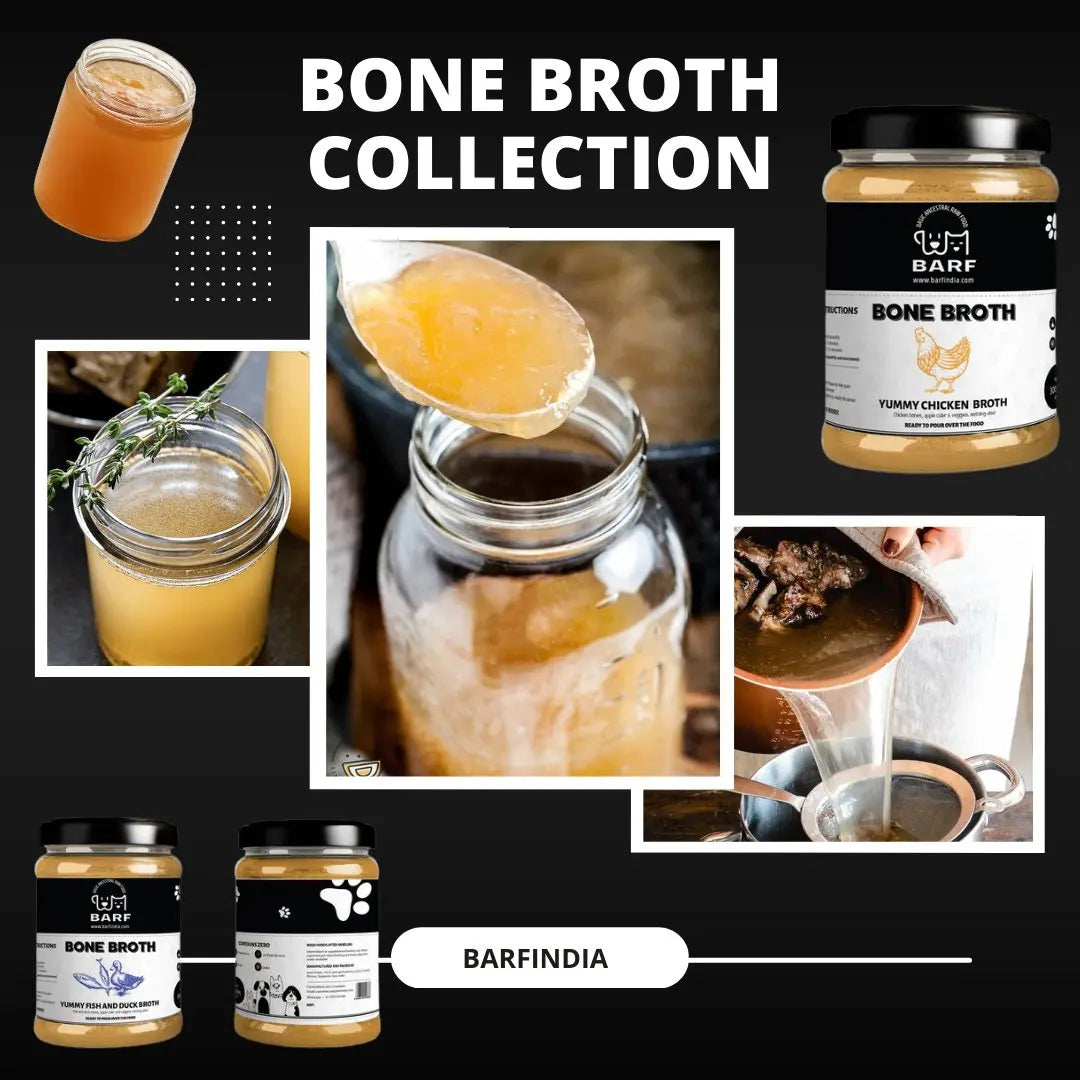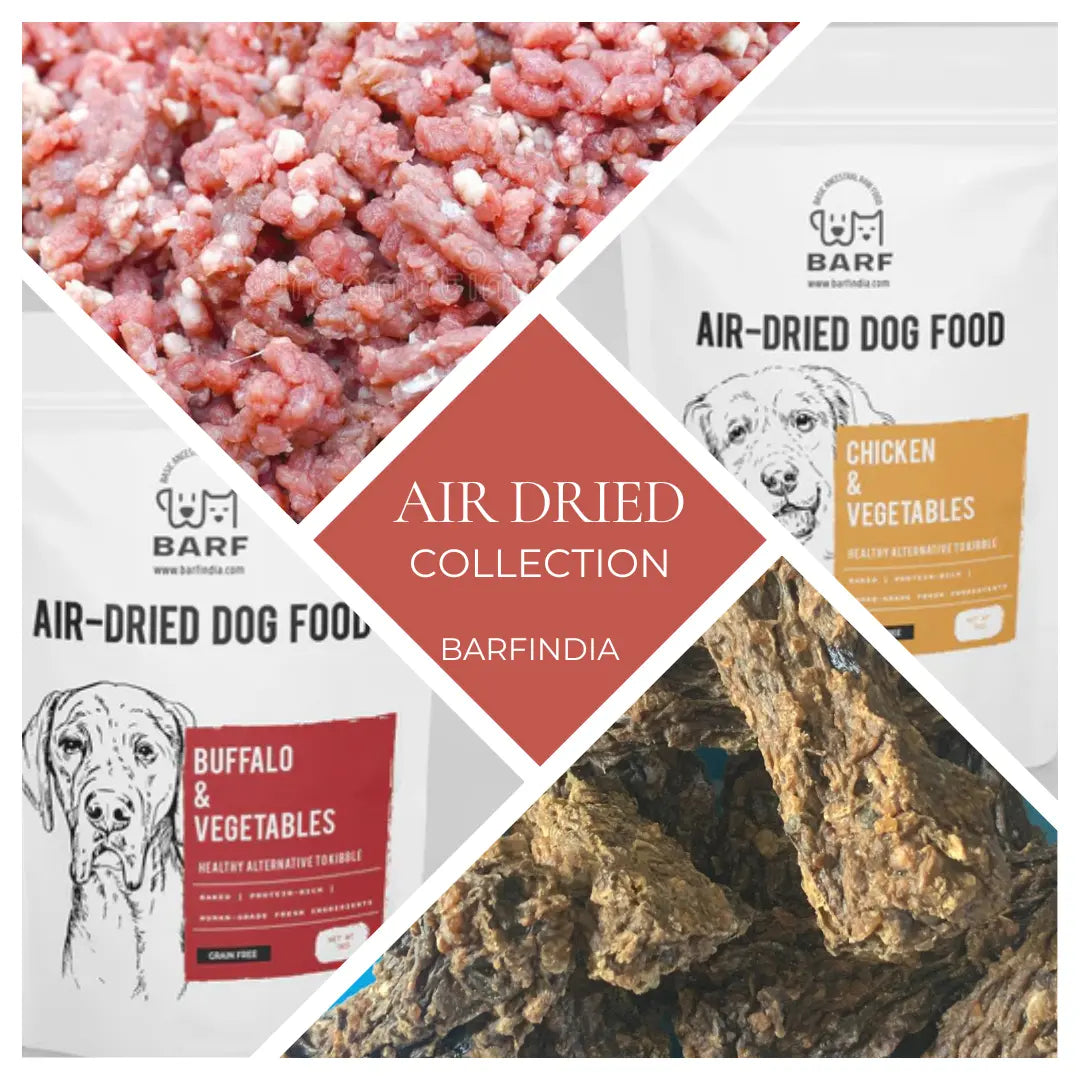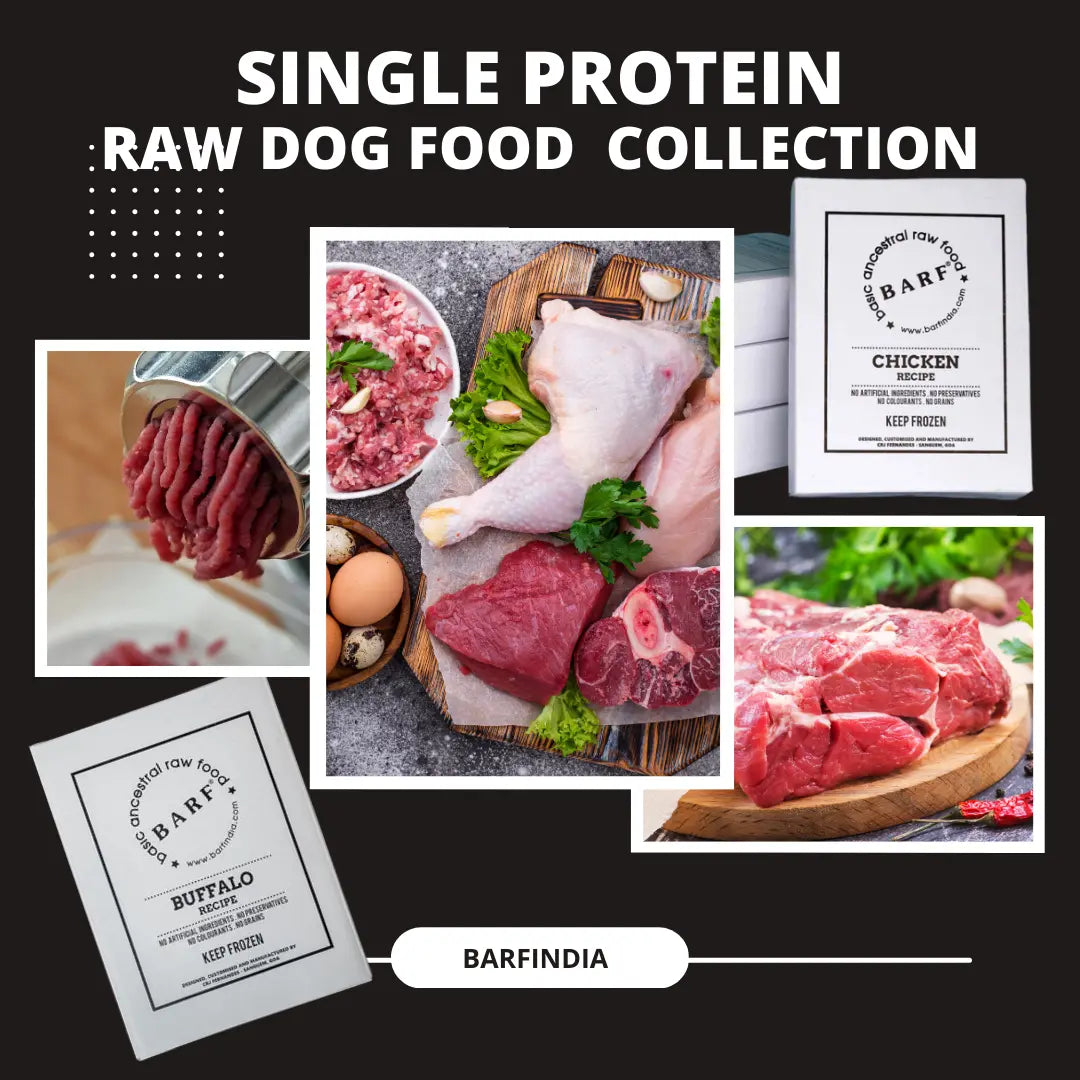Raw Food for Dogs? How Much?
B.A.R.F. India AdministratorFeeding your dogs a Raw food Diet? How much should I feed my dogs?
Relax! You are not alone! All new Raw Feeders go through the same phase of not being sure about how much to feed your dog. Especially in India where this concept is relatively new!  Through these, and many more articles we will look at how to optimize the uses of raw food, the quantities to feed your pet and tips learned through years of raising and feeding raw food to dogs which will benefit your pets. A recent trend that’s picking up pace for pet owners is Raw Feeding in India. This is the practice of feeding domestic dogs, and cats uncooked meat, bone and organs. A dilemma though, is how much raw food you should give your beloved pet.
Through these, and many more articles we will look at how to optimize the uses of raw food, the quantities to feed your pet and tips learned through years of raising and feeding raw food to dogs which will benefit your pets. A recent trend that’s picking up pace for pet owners is Raw Feeding in India. This is the practice of feeding domestic dogs, and cats uncooked meat, bone and organs. A dilemma though, is how much raw food you should give your beloved pet.
Let’s look at some important factors to keep in mind before putting your pet on a raw food diet.
Body Weight
It’s important to not go overboard with the raw diet, but we don’t want our pets being fed less either. For that, just like humans who are supposed to eat as per their height and weight, we can start by feeding our pets depending on their body weight.
Puppies:
Pups can be fed up to 10% of their body weight whereas adults 2-3% of theirs. So if your baby (and here we mean puppy) weighs 10 kgs., you can look at feeding her approx 1kgs. of food split into 4-5 meals in 24 hours. It’s important to keep in mind that the pup should be fed at periodic intervals through the day. If your pup’s a large breed, it’s important to keep her lean and fit and therefore you must keep an eye on how much she eats. Remember that it’s not healthy to be overweight and this applies to our pets too. Proper nutrition for puppies is extremely important! Bone disorders start in puppyhood. Feeding raw meaty bones to a puppy is very important for their health. First, it allows them to grow slowly, this is crucial to avoid bone and joint disorders. Raw food is biologically appropriate and the levels of protein, fat and calcium are suitable for their growing bones and muscles. The raw bone in a biologically appropriate diet provides essential calcium and will not interfere with vitamin absorption. I personally initiate my pups onto a raw food diet as early as 4.1 weeks of age. Pups can switch over to a raw diet just like adults, starting with a Chicken Mash and slowly adding new proteins, organs and meaty bones to the diet. Always remember that slow growth is the best; everyone wants their puppy to grow the fastest and be the biggest and healthiest looking puppy around. However by doing this you could be causing irreversible bone damage. If people comment on how “lanky” your puppy is, take it as a compliment on what a great job you are doing growing your pup slowly. You should be able to easily feel your pups ribs with the palm of your hand. Puppies should eat 3-5 times a day until they are about 6 months of age. From 6 months to about 1 year they should be fed twice daily. Once they are fully grown they can then be switched to one meal a day. Also remember that your pup’s bones are still very soft, so avoid too much exercise and any high impact activities. 
Pic Credits: www.thehappypuppysite.com
Quantity of raw food to feed Adult Dogs:
The recommended amount per day for an adult is 2% - 3% but, you will need to monitor their weight and consider their age and activity levels. A dog that spends a lot of time outside may need a higher percentage.
Quantity to feed neutered dogs
Neutered dogs and bitches have a tendency to increase fat stores from before they were neutered. A dog that may have once required 3% to maintain their ideal weight may only now require 2%. As ever, we recommend keeping a close watch on your newly neutered dogs closely so that you can adjust their intake as necessary.
Know your pet:
Just like we make an effort to know everything about the people we love, we must also make efforts to get to know our pets in depth. In simple language, you need to know your pet’s breed inside out.
 Pic credits:www.wooferbuzz.wordpress.com It’s good to invest your time and energy to read up on your dog’s breed; details like ideal weight for males and females are important as it will better your chances of making an informed choice. Talk to other pet owners or with your breeder for more information but don’t make hasty decisions.
Pic credits:www.wooferbuzz.wordpress.com It’s good to invest your time and energy to read up on your dog’s breed; details like ideal weight for males and females are important as it will better your chances of making an informed choice. Talk to other pet owners or with your breeder for more information but don’t make hasty decisions.
Body Condition score while determining if your dog is on the heavier side:
Question: How do we tell if humans are at their ideal weight, obese or underweight? Answer:We use the BMI (Body Mass Index) to determine this. Similarly we can use a ‘Body Condition Score’ to determine if your cat or dog is too thin or too fat. Without it, we would only be playing guessing games which isn’t a good way to deal with the situation. The chart below can help to tell you if your pet needs a weight loss or a weight gain diet i.e if you want to increase or decrease the quantity of feed to your dog.  Now, just like with humans, it’s important to understand how active our pets are. Chances are, and that’s just an assumption, that your dog doesn’t go out much except to poop or maybe run around a bit in the house or the garden; if you’re lucky to have one i.e. It’s great if your dog has large, open spaces that he can use to run about or get proper exercise. Even so, you don’t want to end up overfeeding him.
Now, just like with humans, it’s important to understand how active our pets are. Chances are, and that’s just an assumption, that your dog doesn’t go out much except to poop or maybe run around a bit in the house or the garden; if you’re lucky to have one i.e. It’s great if your dog has large, open spaces that he can use to run about or get proper exercise. Even so, you don’t want to end up overfeeding him.
Lifestyle woes: Watch your dog’s lifestyle
If he’s Active: Active here would mean that he has enough exercise daily; that he goes out of the house often and plays around and that there’s enough to keep him running and exercising all day. In that case, you might want to give him about 2% more than you would give a pet that’s not so active. If he’s lazy: You can define a lazy pet as someone who lies about under your chair or dining table all day. The only exercise this little (or not so little) brat’s getting is when he goes to relieve himself in the nearest bush. In this case, you do the opposite. Give him about 2% less than you would normally do. If he works: A working dog is a canine who isn’t merely a pet and actually learns and performs tasks to help or entertain humans. It could be multiple things that he does. For example, he could be trained to work livestock or guard sheep and protect them from wild animals like wolves etc. A good example is that of a Police dog; they’re sometimes called K9 units. They’re probably some of the most active, working dogs. So, if you own a working dog, you could also give him between to 4 to 5% of their body weight. This also depends on the frequency of his activity, so be careful. Most dogs fall between category 1 & 2. They might get anywhere between 1-3 hours of exercise a day and that‘s average we think. So for the ‘averagely active’ dogs we recommend 2-3% or at the most 2- 2.5% of body weight. It might happen that your dog’s activity meter fluctuates depending on circumstances, so you can move about his food intake accordingly. The Circle of Life The life cycle of a dog will naturally move from Pup to young adult, to expectant mother and then to a senior citizen if you can call it that. Food intake must move with these stages too. Puppies: They are like babies. They might want to eat as fast as they grow and while their cute little faces might melt our hearts, it’s important to not let them grow obese. You can put your puppy directly on to a raw food diet as soon as he’s weaned off his mother’s milk. Look up the adults of your pup’s breed and go with the expected weight. As mentioned in the beginning of this article, you can feed your pup up to 10% of their body weight. Adult: As soon as your pup becomes an adult, stop with the 10% and tone it down to 2-3% Expectant mothers: Now this is a tricky one. We tend to overdo it with the mothers. As soon as you find out that your dog is pregnant, you can slowly move her intake up to 5% or more depending on the number of pups (if you do a sonography). You can also reduce it and we’ll let you be the judge of that. When the puppies arrive, stay between 4.5-5 % and only if required, increase the quantity. As and when the pups are weaned, move back to the original range. The Senior Citizens: If your dog is unable to participate in too much activity because of age, it’s important to remember that the food quantity too must be decreased. We don’t want your pet getting heavier with age as that will harm him in the long run. Hopefully, you’re now better informed than at the start of the article about how much raw food is to be fed. Have a few more questions? In our subsequent articles, we will address other topics about the raw food diet for our pets. Until then, let us know what you think, and hey! If you have any questions, you can write to us at petshealthwith@barfindia.com Please subscribe to receive our blogs in your emails



